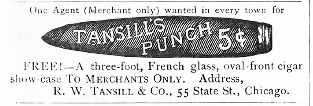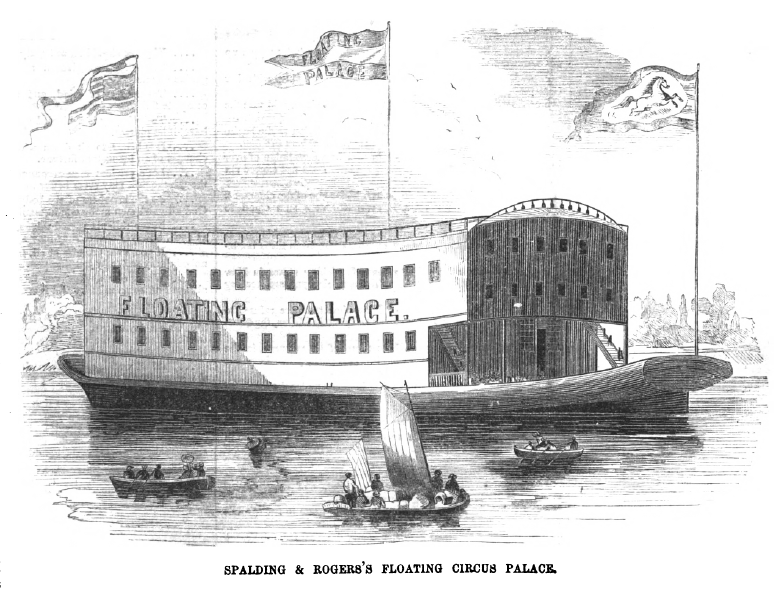

alias: HOYT, HYATT
HOTEL THIEF
Via Newspapers.comThis sinister little ghost story--with hints of murder and spectral vengeance thrown in--appeared in the “Garnett-Journal Plaindealer,” May 6, 1887:New York, May 2. A New Haven, Conn., special says: Charles L. Beecher, who committed suicide Sunday, is now believed by many to have been driven to his death by a belief that he was haunted by the ghost of his wife. The fact
More...
Strange Company - 11/20/2024
Included in yesterday’s trip to Fall River was a stop at Miss Lizzie’s Coffee shop and a visit to the cellar to see the scene of the tragic demise of the second Mrs. Lawdwick Borden and two of the three little children in 1848. I have been writing about this sad tale since 2010 and had made a previous trip to the cellar some years ago but was unable to get to the spot where the incident occured to get a clear photograph. The tale of Eliza Borden is a very sad, but not uncommon story of post partum depression with a heartrending end. You feel this as you stand in the dark space behind the chimney where Eliza ended her life with a straight razor after dropping 6 month old Holder and his 3 year old sister Eliza Ann into the cellar cistern. Over the years I have found other similar cases, often involving wells and cisterns, and drownings of children followed by suicides of the mothers. These photos show the chimney, cistern pipe, back wall, dirt and brick floor, original floorboards forming the cellar ceiling and what appears to be an original door. To be in the place where this happened is a sobering experience. My thanks to Joe Pereira for allowing us to see and record the place where this sad occurrence unfolded in 1848. R.I.P. Holder, Eliza and Eliza Ann Borden. Visit our Articles section above for more on this story. The coffee shop has won its suit to retain its name and has plans to expand into the shop next door and extend its menu in the near future.
More...
Lizzie Borden: Warps and Wefts - 2/12/2024
There’s a lot to love about Patsy’s, the three-generation family-run restaurant celebrating its 80th year on the far off-Broadway, low-rise block of West 56th Street off Eighth Avenue. This old-school Italian spot offers highly rated red sauce classics, old-school ambiance, and a connection to Frank Sinatra, who considered Patsy’s one of his favorite New York […]
More...
Ephemeral New York - 11/18/2024
An article I recently wrote for the British online magazine, New Politic, is now available online. The article, “The Criminal Origins of the United States of America,†is about British convict transportation to America, which took place between the years 1718 and 1775, and is the subject of my book, Bound with an Iron Chain: […]
More...
Early American Crime - 12/17/2021
Soapy STAR notebookPage 12 - original copy1882Courtesy of Geri Murphy(Click image to enlarge)
OAPY SMITH'S "STAR" NOTEBOOKPart #12 - Page 12
This is part #12 - page 12, dated 1882. This is a continuation of deciphering Soapy Smith's "star" notebook from the Geri Murphy's collection. A complete introduction to this notebook can be seen on page 1. The
More...
Soapy Smith's Soap Box - 11/13/2024
Youth With Executioner by Nuremberg native Albrecht Dürer … although it’s dated to 1493, which was during a period of several years when Dürer worked abroad. November 13 [1617]. Burnt alive here a miller of Manberna, who however was lately … Continue reading
More...














